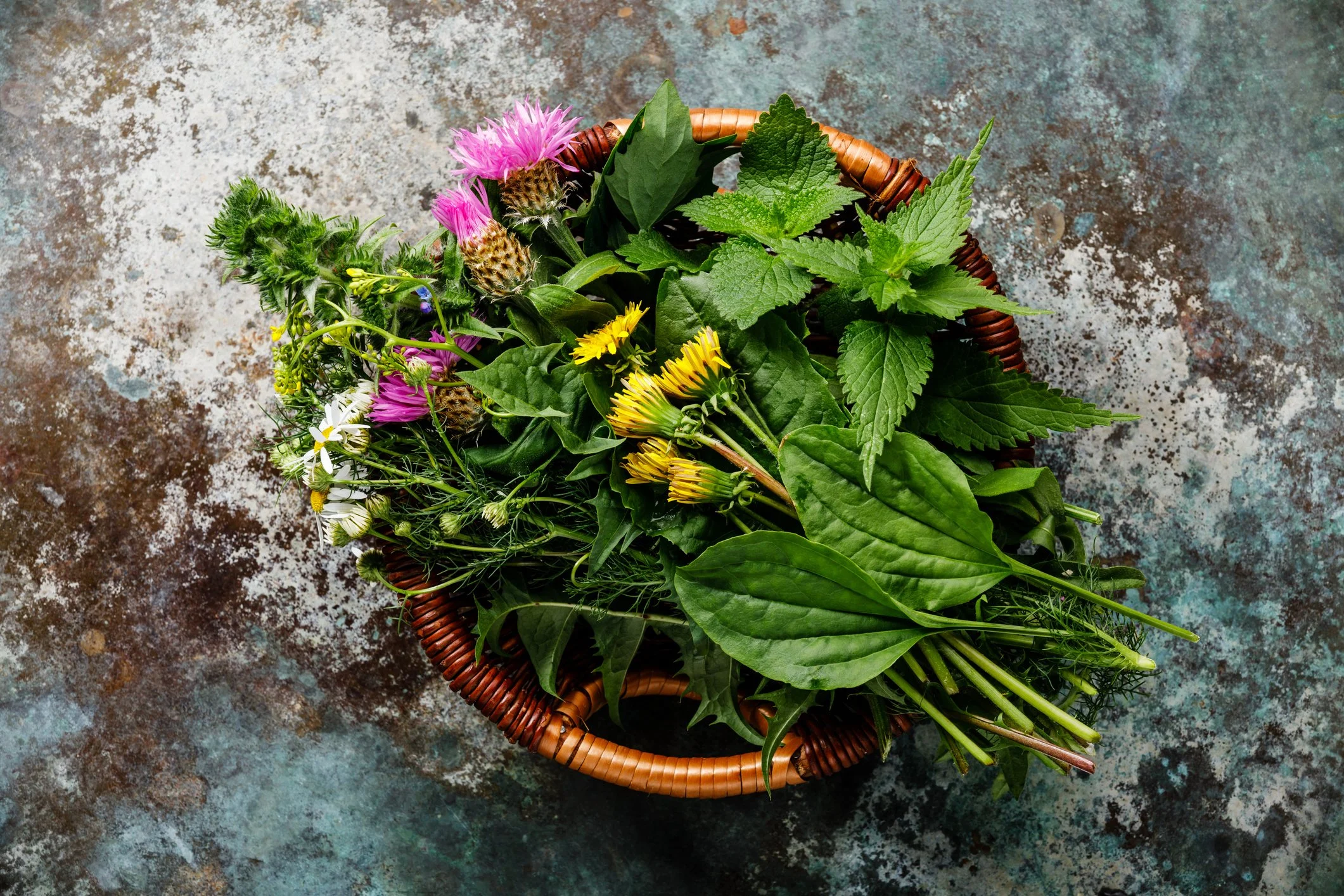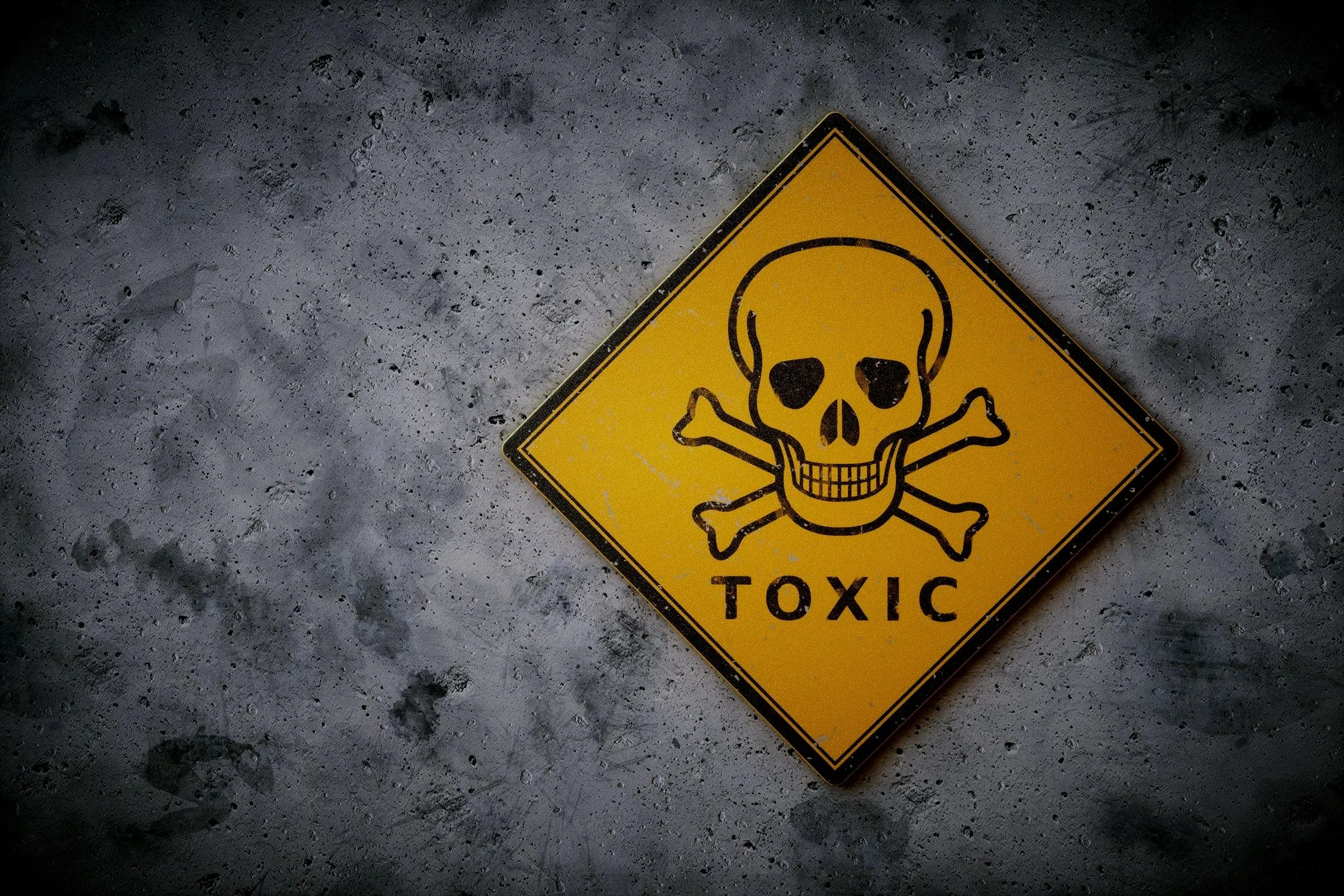Herbal Monographs
Each monograph provides a concise, clinically informed profile of a medicinal plant. Detailing its key constituents, actions, and traditional uses. Designed for students and practitioners, these references combine scientific understanding with practical application in modern herbal medicine.
The Herbal Foundations
Herbal Foundations explores the essential principles of herbal medicine, blending traditional knowledge with modern science. Learn how plant chemistry, extraction methods, and formulation choices shape the quality and effectiveness of herbal remedies. This section provides a clear, evidence-informed understanding of how herbal preparations are developed, assessed, and applied in modern practice.
Schedule 20 herbs are plants listed under the UK Human Medicines Regulations (2012) due to their potent pharmacological activity. These species require advanced knowledge, legal authority, and clinical supervision to use safely. Studying them helps herbal practitioners understand dosage, toxicology, and the delicate boundary between therapeutic and harmful effects.
These monographs are written for educational purposes only and are not intended for preparation, sale, or self-treatment.
Schedule 20 Herbs
Restricted Herbs
Restricted herbs are potent plants that require specialised knowledge, careful cultivation, and professional guidance. While not all are legally controlled, many contain strong chemical constituents or interact with medications, making accurate identification and dosage essential. Studying these herbs helps herbalists understand safety, respect plant potency, and apply clinical awareness in responsible practice.
Chemical Constituents
The chemistry of plants reveals how their medicinal properties work. Within each herb are complex chemical constituents, from alkaloids and flavonoids to volatile oils and glycosides, that influence the body in specific and measurable ways. Understanding these compounds bridges traditional herbal knowledge with modern pharmacology, allowing practitioners to apply plant medicine with greater precision and confidence.
The Herbal Glossary
Herbal medicine carries its own language, a vocabulary shaped by centuries of practice, tradition, and observation. This glossary offers clear explanations of the terms used by herbalists to describe the character, actions, and qualities of plants, helping readers understand the unique way herbalists interpret and communicate healing.







